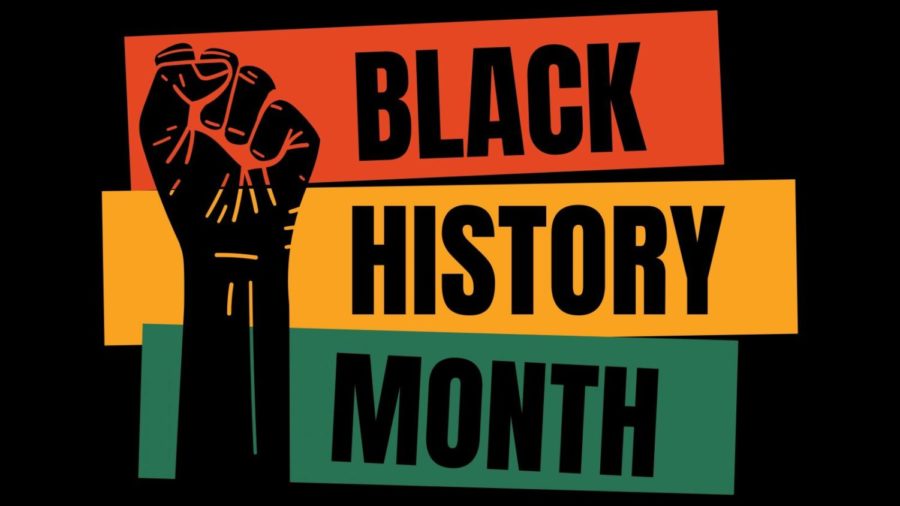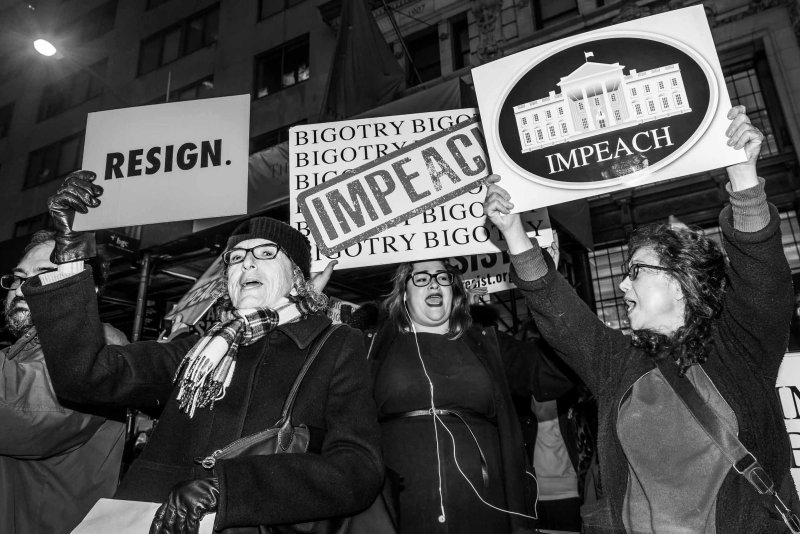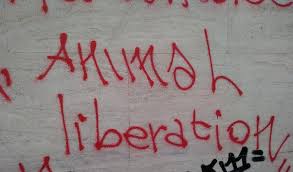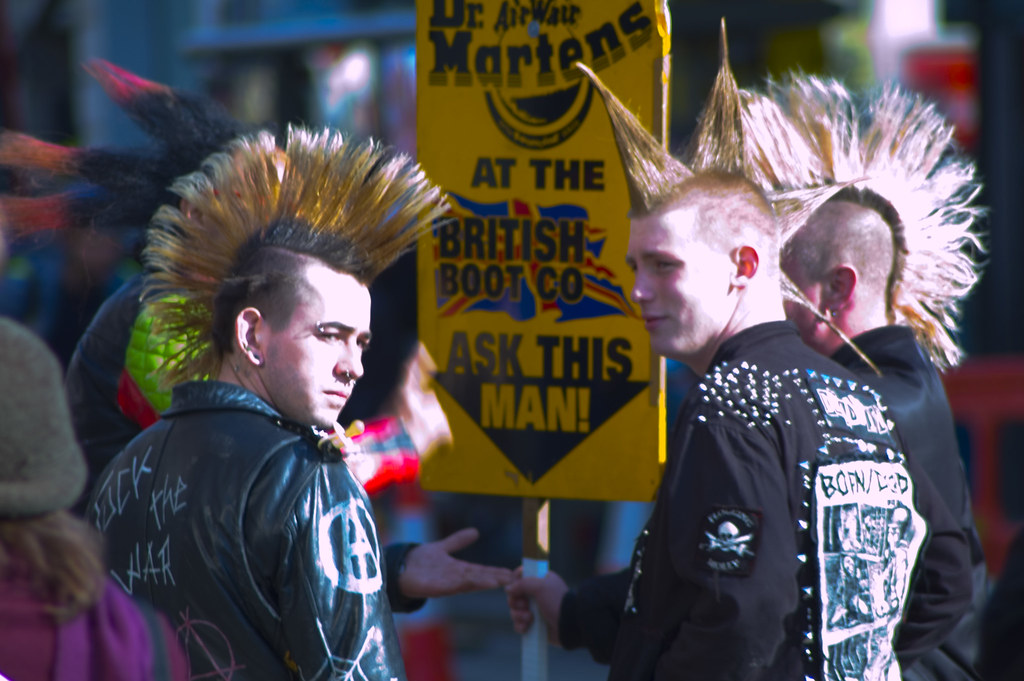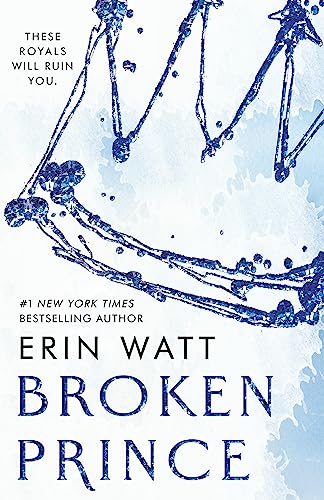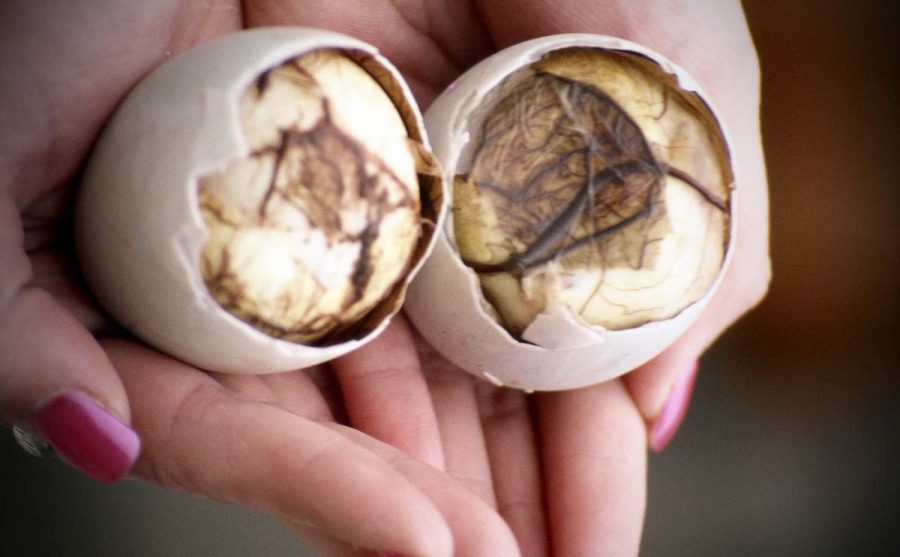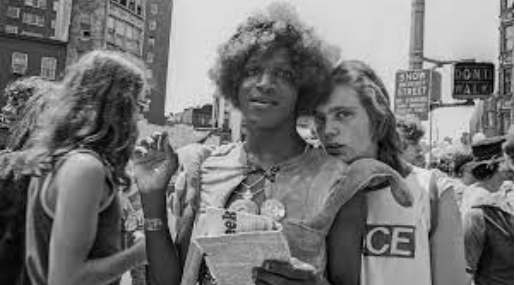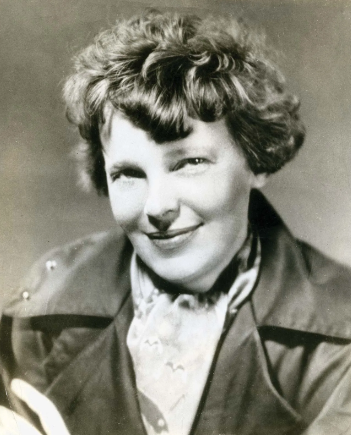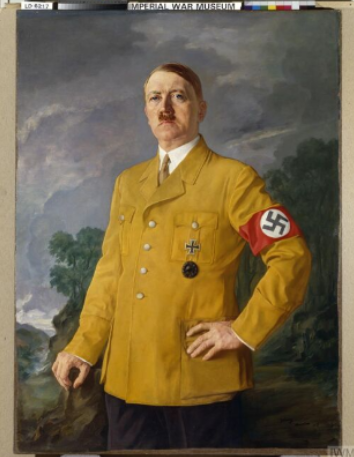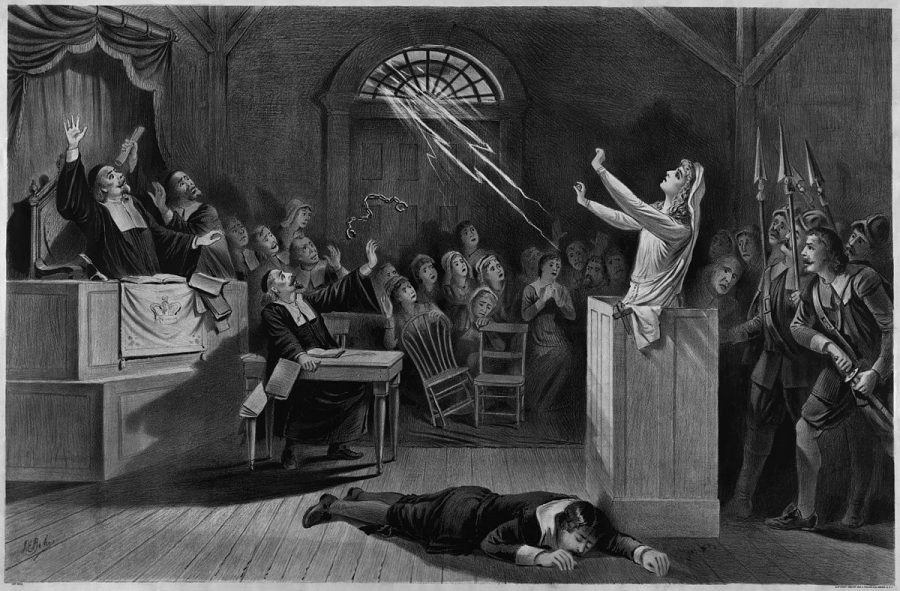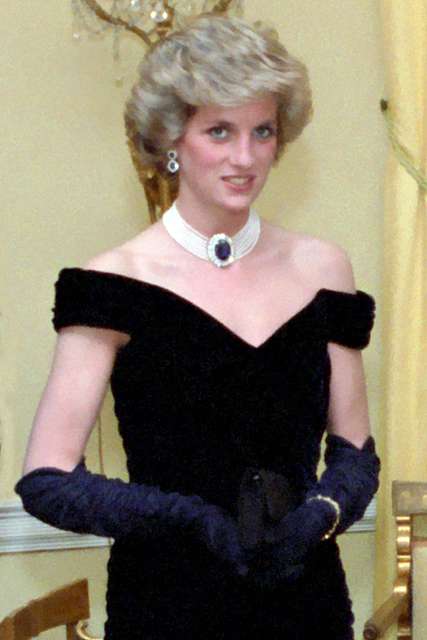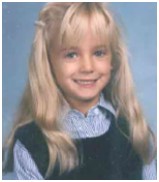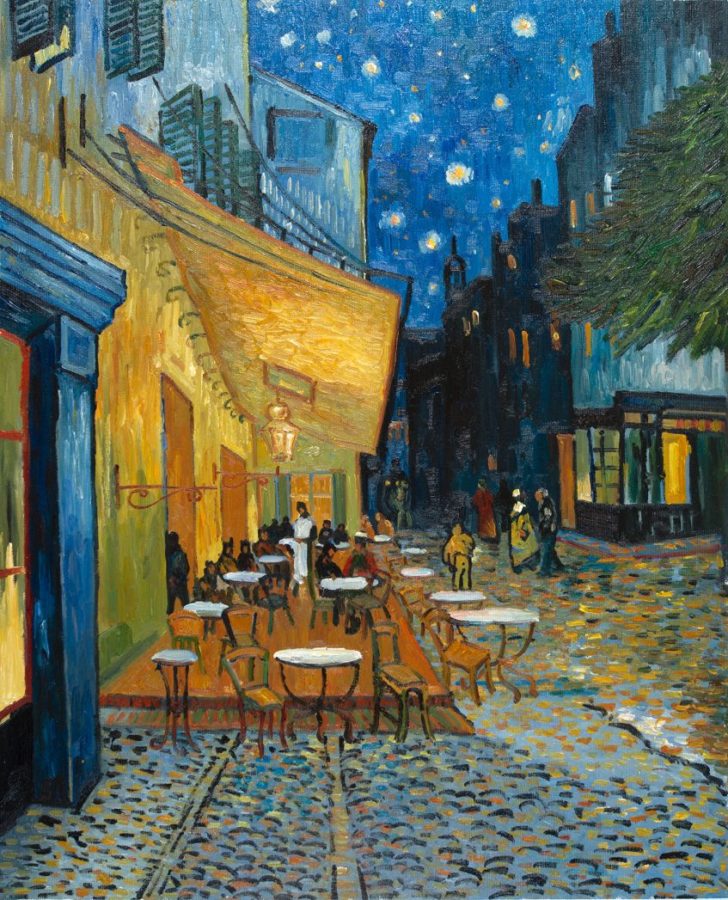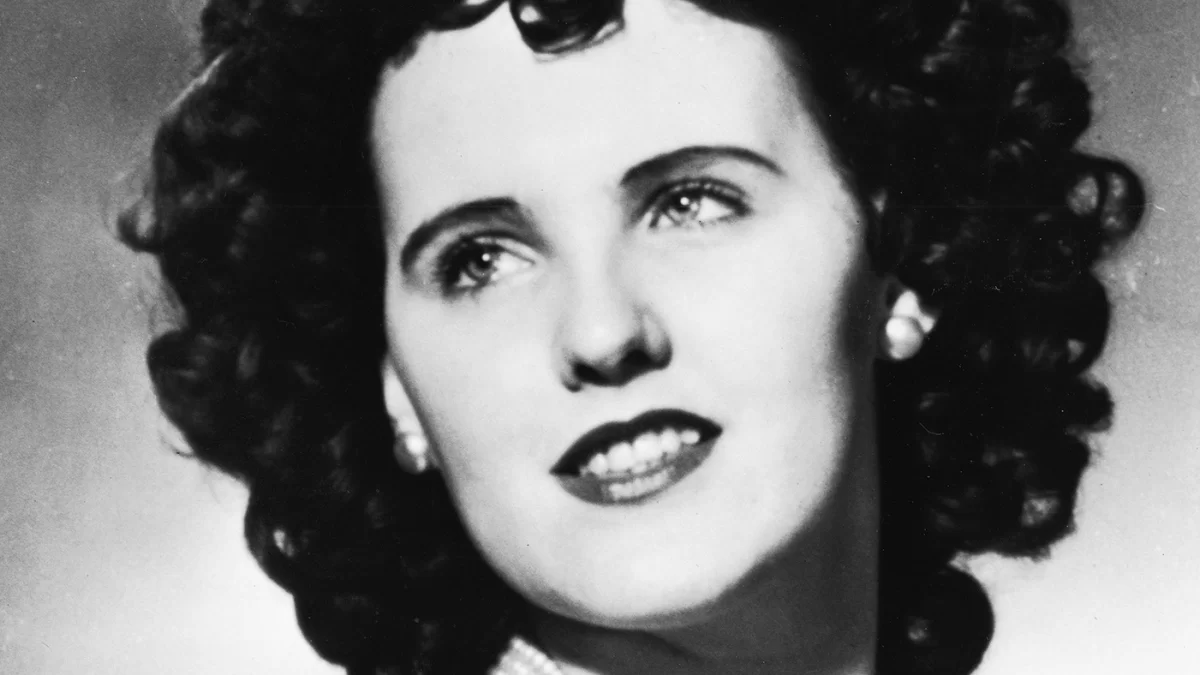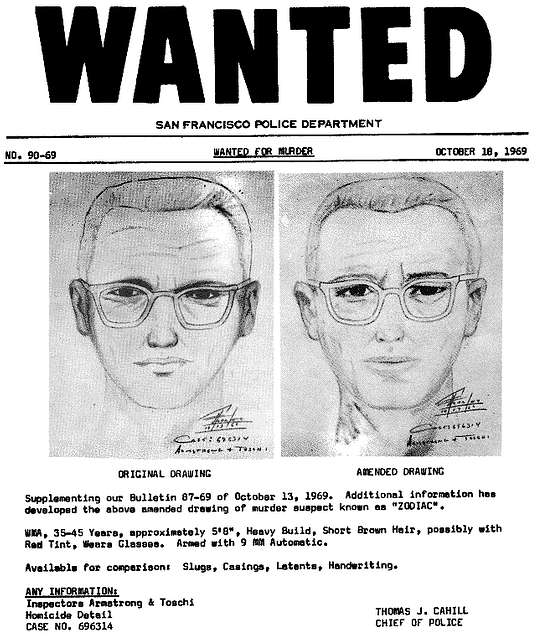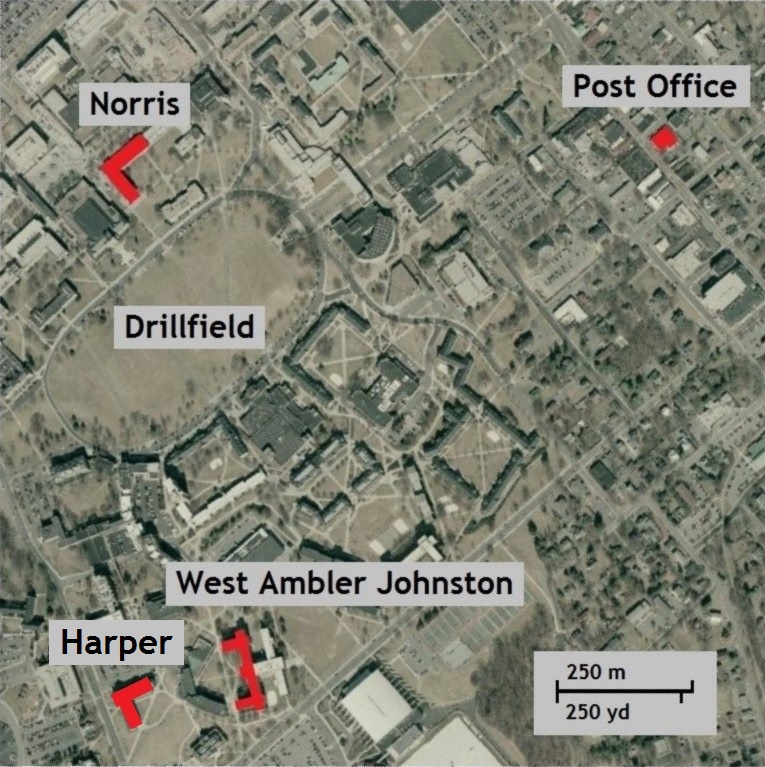Elizabeth Short, known as Black Dahlia, was born July 29, 1924, in Boston, Massachusetts to Cleo Alvin Short Jr. and Phoebe May. Elizabeth was the third of five daughters. At a young age, Elizabeth had developed a liking for cinema, and by her teen years, she had planned on becoming an actress.
Elizabeth and her family relocated to Portland, Maine in 1927 before settling in Medford, Massachusetts. In 1930, Cleo Short’s car was found abandoned on the Charleston Bridge and it was assumed he had jumped into the Charles River. Believing that he had died, Elizabeth’s mother started working as a bookkeeper to support her family. Elizabeth had bronchitis and severe asthma attacks which meant she had to undergo lung surgery. Doctors then suggested she should relocate to a milder climate to prevent any more respiratory problems. She was then told by her mother to spend winters with family and friends in Miami, Florida for the next three years.
By the late 1940s, she had been living in Los Angeles, California working as a waitress to support her dream of catching a big break in the Hollywood acting industry. A week before her murder on January 9, 1947, she had returned to Los Angeles after a brief trip to San Diego with Robert “Red”, a 25-year-old salesman she had been dating. He stated that he dropped her off at the Biltmore Hotel in downtown Los Angeles. She was to meet her sister who came from Boston that afternoon. At some point after that, it is suspected that Elizabeth had met her killer.
On January 15, 1947, Betty Bersinger, a local housewife was walking down Norton Avenue in Los Angeles with her three-year-old daughter. When she first saw Elizabeth’s deceased body, Betty said that her body was so white that she thought it was a mannequin. After she realized it was a body, she ran to the authorities. At the age of 22, Elizabeth was brutally murdered, her body cut in half and severely mutilated. She had been severely mutilated but there was no sign of blood anywhere, a sign that she had been thoroughly cleaned before being placed on Northern Avenue. Her body was also found nude and posed by a local female resident in a vacant lot.
An investigation done by L.A.P.D on Elizabeth’s body found fingerprints. An autopsy was performed and found marks on her body suggesting she had been bound and tortured. Her official cause of death was cerebral. There were multiple false reports, including several false murder confessions ultimately leaving detectives with no clues. With the combination of no key witnesses and lack of evidence surrounding the case, there was no progress and no evidence, and the Black Dahlia killer was never found.
On January 24, 1947, suspicious mail was sent to the Los Angeles examiner and media. The envelope involved cut-out words from a newspaper saying “Here are Dahlia’s belongings”. Inside the envelope, there was Elizabeth’s birth certificate, business cards, photographs, names written on paper, and an address book. All contents of the envelope had been cleaned with gasoline, similar to how Elizabeth’s body had been cleaned. With all the new information, the police had several interviews and background checks. They were not close to solving the case, and ultimately, it went cold.










